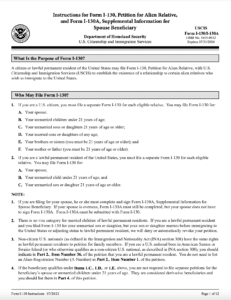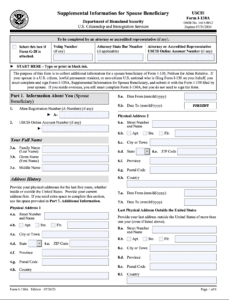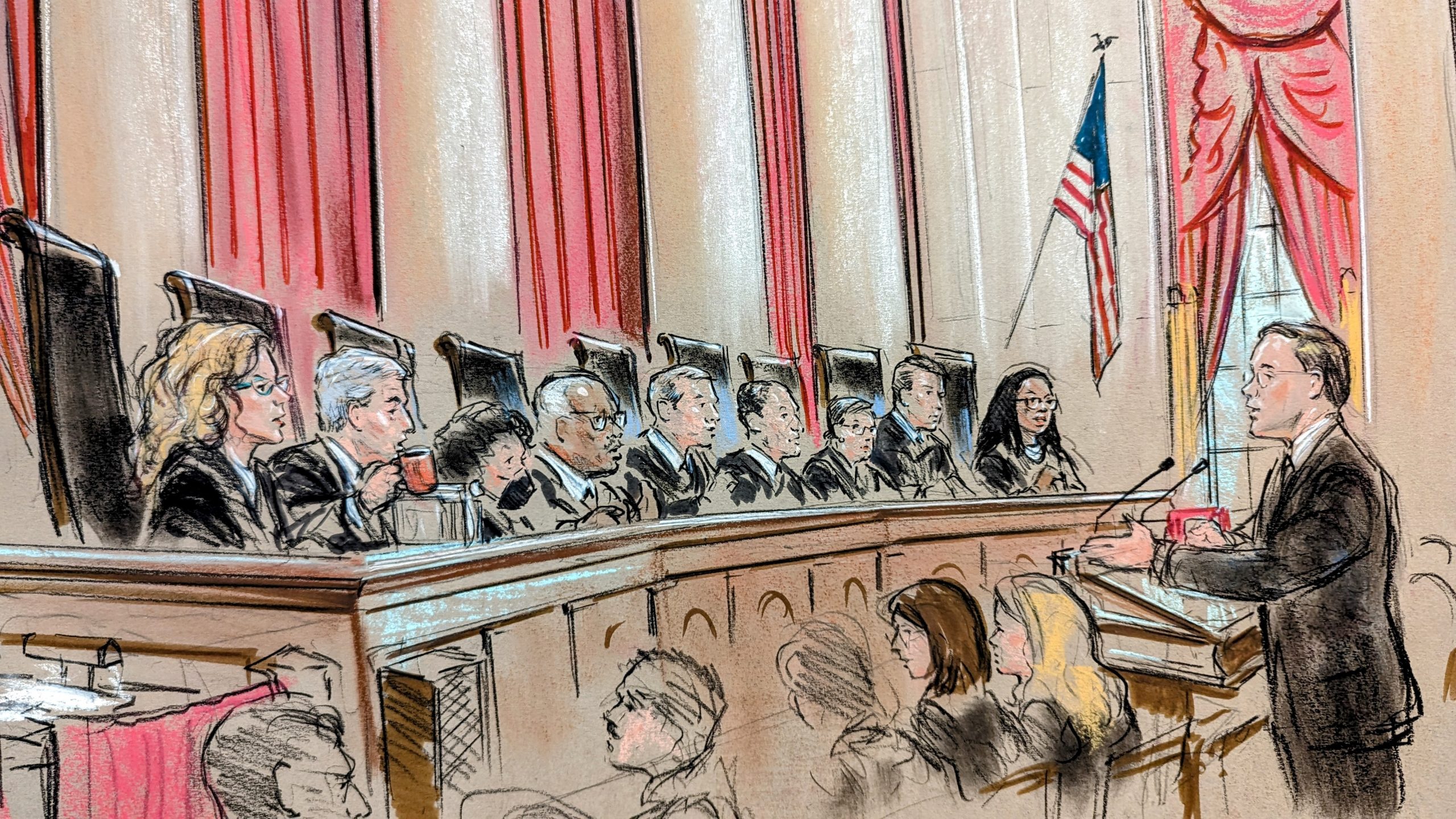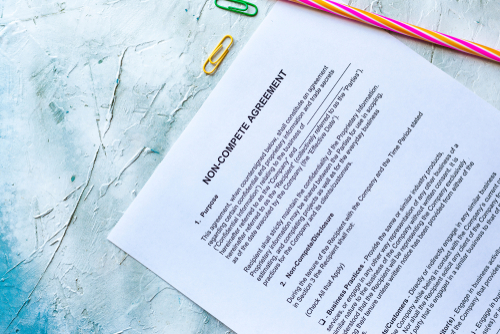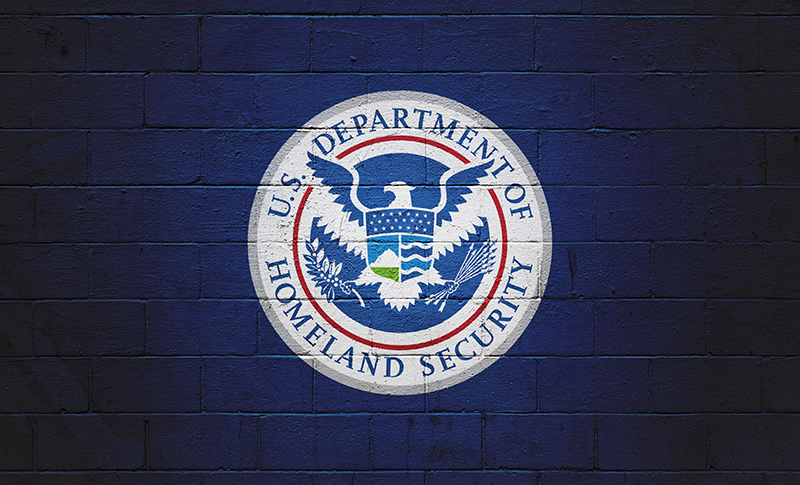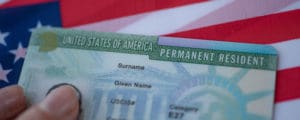How to File Your I-130/ Form I-130A for Family-Based Green Cards
One of the wonderful things about being a U.S. citizen or lawful permanent resident is that it grants you the ability to petition for eligible relatives to join you in immigrating to the United States. Form I-130, Petition for Alien Relative, is what you’ll need to file in order to establish the relationship between you and your relative so they can obtain a Permanent Resident Card (Green Card). In this guide, we’ll go over the process to complete Form I-130 and I 130A. Once USCIS receives and approves your petition, the eligible relative will be able to apply for lawful permanent residency.
In some instances, if your relative already resides in the U.S. and a visa happens to be available in their category then they could fast-track the process to obtain their green card by filing Form I-485 Application to Register Permanent Residence or Adjust Status. Otherwise, if the relative is outside of the U.S. the path will be done through consular processing.
Will any relative qualify?
No, some relatives will need to wait until a visa number is available before they are able to apply. The exception is immediate relatives. There is no limit on the number of visas allocated each year for these applicants which means processing times are also faster than family preference category relatives.
Immediate relatives include:
- Spouse of U.S. citizen
- Unmarried children under 21 years of a U.S. citizen
- Parent of U.S. citizen if the U.S. citizen is 21 years or older
If your relative is not considered an immediate relative, then after their I-130 is approved, they will need to wait for a visa number to become available.
Who Should File Form I-130?
If you are a U.S. citizen you need to file a separate Form I-130 for each eligible relative. That being said, these include your:
- Spouse
- Unmarried children under 21 years of age
- Unmarried sons/daughters 21 years of age or older
- Married sons/daughters of any age
- Brothers or sisters (you need to be 21 years or older)
- Mother or father (you need to be 21 years or older)
Eligible relatives for those who have lawful permanent status include:
- Spouse
- Unmarried children under 21 years of age
- Unmarried sons/daughters 21 years of age or older
A separate form should be filed for each eligible relative mentioned above.
Learn how Marriage-Based Immigration Works.
Step-by-Step I-130 Instructions
To best assist you in the filing process, below are I-130 guidelines.
Part 1. Relationship (You are the Petitioner. Your relative is the Beneficiary)
In line one select if you are filing the petition for your spouse (will need to include supplement I-130A if you check this box), parent, brother/sister or child. If you are filing the petition for your child indicate whether the child was born to parents who were married to each other at the time of the child’s birth, the relationship is that of a stepchild/stepparent, the child was born to parents who weren’t married at the time of the birth or if the child was adopted. Only select one option. In line 3, answer if the beneficiary is your brother/sister or whether you are related through adoption. In line 3, answer whether you gained lawful permanent resident status or citizenship through adoption.
Part 2. Information About You (Petitioner)
Use this section to fill out basic biographic information including your name, mailing address, marital information, name of all your spouses (if any), info about your parents and your citizenship details. In lines 42-49 you’ll need to document the name of your employer, dates of employment and their address for jobs worked.
Part 3. Biographic Information
Check the appropriate box for your ethnicity, race, height, weight, eye color and hair color.
Part 4: Information About Beneficiary
This section is information about the beneficiary of the petition (spouse, parent, brother/sister or child). Fill out their alien registration number if applicable, USCIS online account number and SSN. Following that, write their full name and/or any other names used, physical address, contact information and marital details.
Part 5. Other Information
This section should be completed if you have previously filed a petition for this beneficiary.
Part 6, 7 and 8 should be completed if an interpreter or preparer was used to complete the form. Part 9 is extra space provided to elaborate on any answers.
Filing Fee
The cost to file Form I-130 is $535 and it can be paid with a money order, cashier’s check or personal check.
Where to File Form I-130
Form I-130 can be filed with USCIS online or by mail. To determine exactly which filing location to use, this will depend on the location you live and if you are also filing Form I-485 concurrently. For those applying for a fee waiver, note that you cannot file online for this.
How is Form I-130A Different?
Form I-130A, Supplemental Information for Spouse and Beneficiary, is a supplement intended to prove the relationship between you and your spouse (the person you are petitioning for U.S. lawful permanent residence). USCIS needs this form to have additional biographic information to solidify the legitimacy of the relationship. Note that this form replaces Form G-325A which was previously used.
I-130A Form Sample
Make sure to include this supplement form along with the I-130 package and the beneficiary (immigrant spouse) should sign it as well.
Step-by-Step: I-130A Instructions
Below you will find instructions for filing form I-130A:
Part 1: Information About You (Spouse Beneficiary)
The first part asks for basic information including alien registration number, full name, physical addresses for the past five years (in or outside the U.S.) parents’ names, and their dates of birth, country of birth and residence.
Part 2 and 3: Information About Your Employment in and Outside of the United States
In the next two sections you will need to document the name of your employer, dates of employment and their address for jobs worked outside and inside the United States.
Part 4: Spouse Beneficiary’s Statement, Contact Information, Certification and Signature
In this section, you need to either certify that you can read and understand English and all the questions in this form or check the box that an interpreter or preparer was used.
Part 5 and 6 should be completed if an interpreter or preparer was used to complete the form.
Form I-130a Supporting Documents
- Copy of your marriage certificate
- Documents showing you own property together
- If there are previous marriages, evidence of divorce
- Documents showing combined financial accounts
- Birth certificates for any children conceived together
- Affidavits from friends detailing marriage
Immediate Relative Immigrant Visa Categories
- IR-1: Spouse of a U.S. citizen
- IR-2: A United States citizen’s unmarried child under the age of 21
- IR-3: An orphan adopted abroad by a U.S. citizen
- IR-4: An orphan to be adopted in the United States by a U.S. citizen
- IR-5 A United States citizen’s parent who is at least 21 years of age
Family Preference Categories
F1 – Family First Preference: Unmarried sons/daughters of U.S. citizens
F2 – Family Second Preference: Spouses and unmarried children (under 21) of permanent residents
F3 – Family Third Preference: Married sons/daughters (any age) of U.S. citizens
F4 – Family Fourth Preference: Brothers/sisters of adult U.S. citizens
Learn how to Sponsor a Friend to Come to the U.S.
I-130 Petition Approval/Denial
If your Form I-130 or I-130A is approved, USCIS will notify you regarding their decision with Form I-797, Notice of Action and then send your approved petition to the National Visa Center where it will await a visa number becoming available. As previously mentioned, since immediate relatives are not subject to an annual visa limit, the process for these relatives is faster than those who have to wait for a visa number to become available.
Frequently Asked Questions About Form I-130/I-130A
Our immigration lawyers are often asked a lot of questions about I-130 and I-130A. Below we have complied answers to the most frequently asked questions.
Is there a visa category for married children of lawful permanent residents?
No, there is no visa category for married children of LPRs.
What if my son/daughter gets married before immigrating to the U.S. or adjusting their status to LPR?
If this happens, USCIS will deny or automatically revoke your petition. If this is likely to happen to you, discuss this scenario thoroughly with your immigration attorney to explore your options.
Is a biometric service appointment required?
You may be required by USCIS to appear for an interview or to provide fingerprints, obtain additional information.
How will I know USCIS received my form?
We advise you to complete Form G-1145, E-Notification of Application/Petition acceptance so that you receive an email or text message when USCIS receives your documents.
Where can I find Form I 130 a PDF file?
Click here to download it from the USCIS site.
What is the I I130A Fee?
There is no cost to file the supplement but you will need to pay the standard filing fee for Form I-130 which is $535.
Do I need to file Form I 130a for my children?
No, this is just for your spouse in cases like marriage-based green card filings.
What if my spouse lives in the U.S. already but I am overseas?
In this case your spouse can file Form I-130a and mail it on your behalf.
How We Can Help
Petitioning for your relative to receive U.S. permanent residency is a milestone for most families. For that reason, it’s best handled by experienced and dedicated immigration attorneys. The VisaNation Law Group immigration lawyers can advise you on what to expect when going through this process. To learn about the next steps, fill out this Immigration Consultation form.

